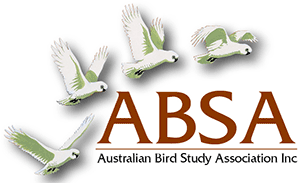Effectiveness of transects, point counts and area searches for bird surveys in arid Acacia shrubland
| Posted: |
08/05/2019 |
| Author(s): |
Bruce A. Pascoe, Chris R. Pavey, Christine A. Schlesinger, Stephen R. Morton |
Several different survey techniques are commonly used to assess the richness and abundance of birds. These methods can vary with respect to the likelihood of detecting species with different habits or characteristics and their effectiveness in different vegetation structures. It is advisable, therefore, to test the effectiveness of different methods for specific vegetation types and the bird assemblages associated with them before deciding on the most appropriate technique. We tested the effectiveness of three of the most commonly used bird survey methods – interval point counts, strip transect counts and timed area searches – in a replicated study in arid Acacia shrubland in central Australia. Timed area searches produced the highest estimates of species richness and abundance, and point counts were the least effective method. Timed area counts are probably more effective in the relatively dense vegetation structure characteristic of Acacia shrublands because they allow the observer to examine thicker patches of vegetation more closely than with the other methods, thereby enabling the observer to locate more cryptic species. Timed area searches may increase survey effectiveness in sites with thicker vegetation.
>> Download Abstract |
File Size: 98.5 KB
>> Download Complete PDF | File Size: 229 KB
